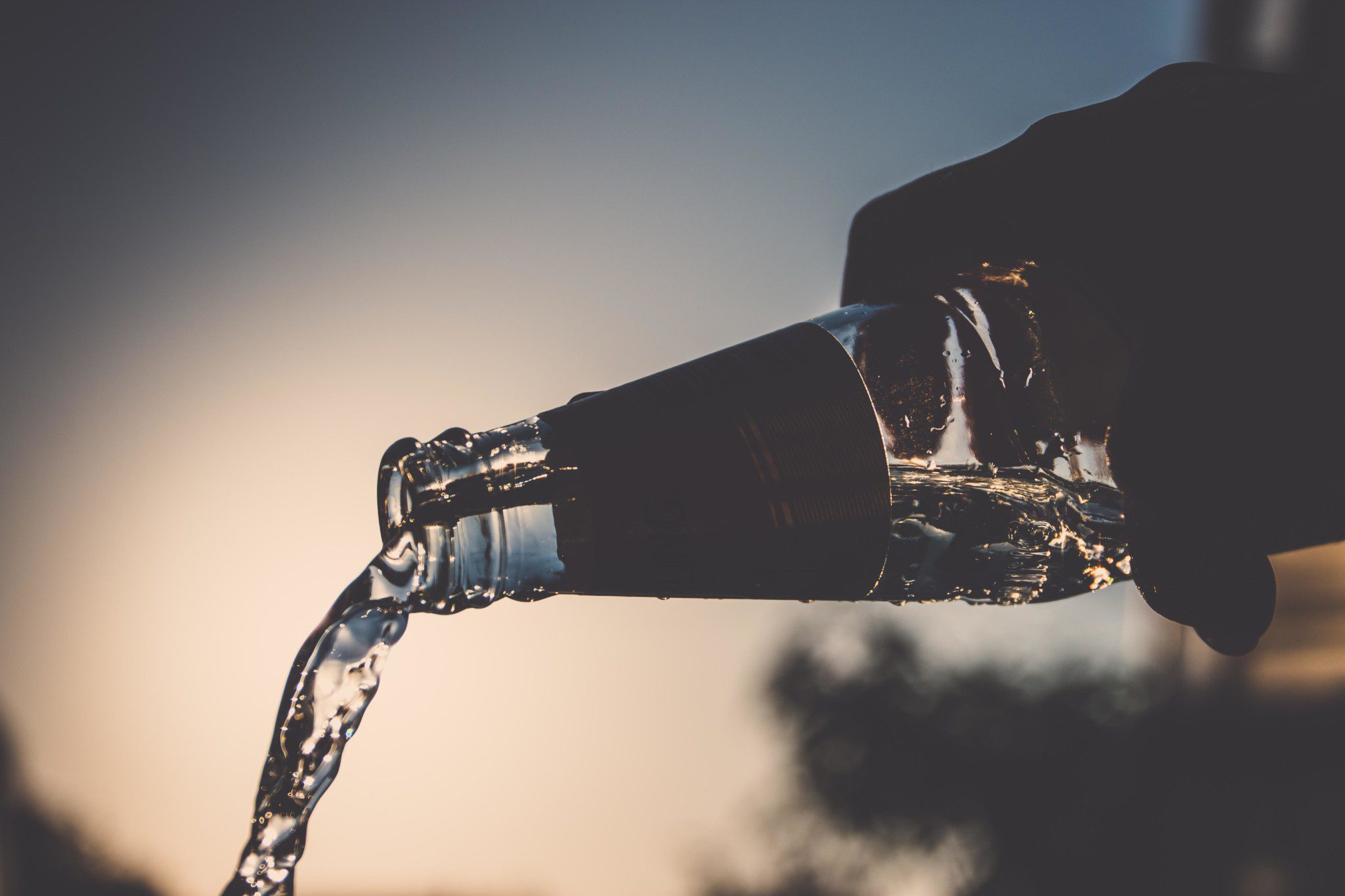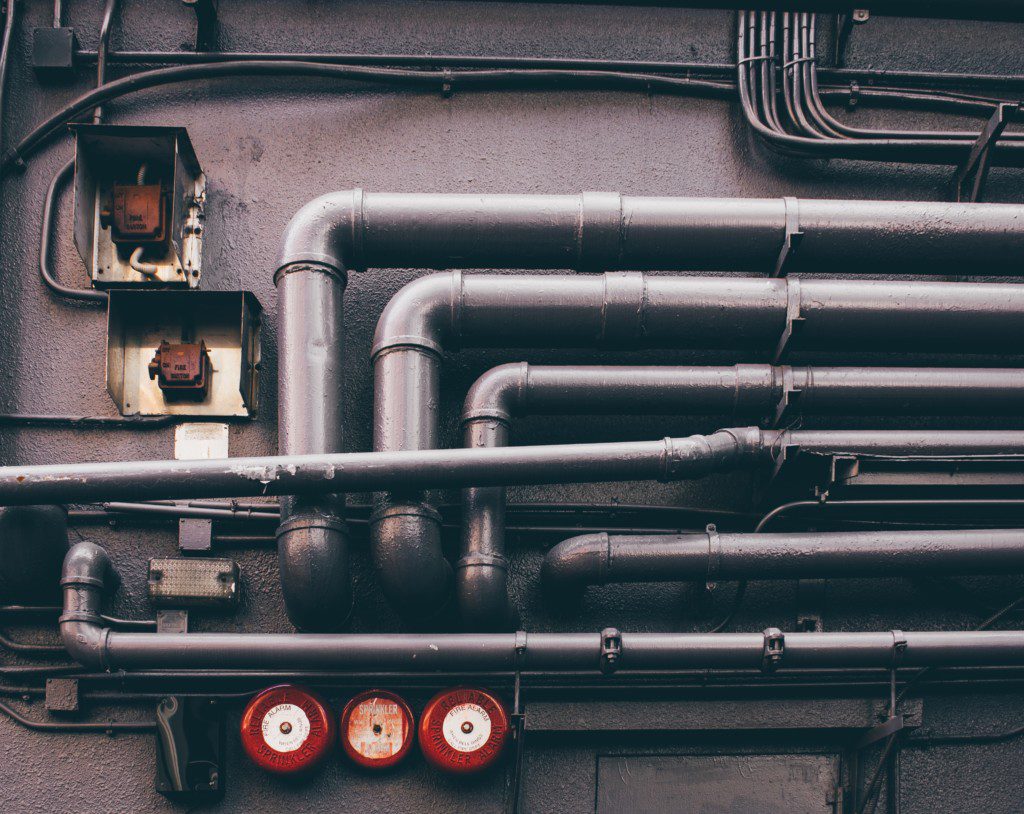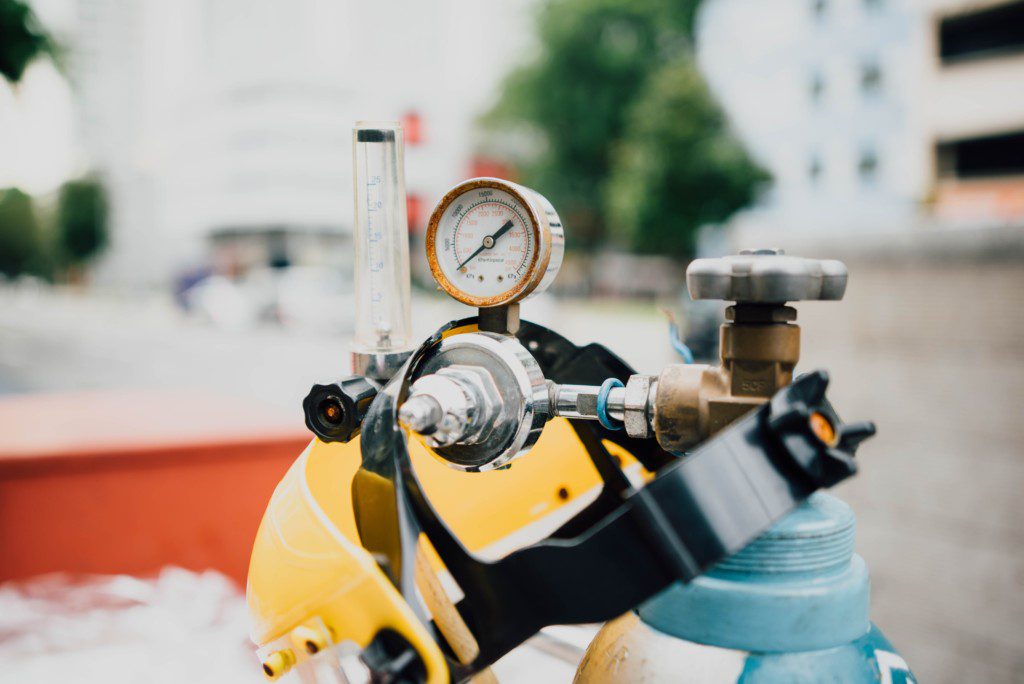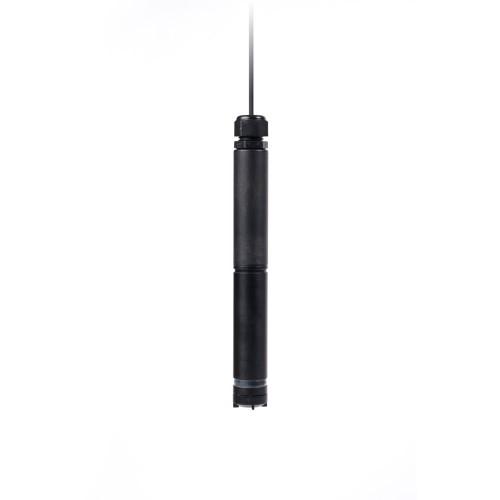11/05/2019 | Water Measurement Tips & Tricks | 9 MINUTE READ
Perfectly Control Your Water Flow with Water Flow Regulators

A water flow regulator is a common device that is used to maintain a specified flow rate no matter how the pressure varies throughout the supply line. If ever water is passing through the line at a high pressure, the regulator will close just enough to ensure that the water continues at a steady pace. These regulators can be used for a wide array of applications, which extend from sprinkler systems to tankless water heaters.
No matter what application you need to use a water flow regulator for, there are a range of additional Sensorex products that you should consider, all of which will help you monitor and control the water in your hydroponics system or wastewater treatment facility. If you don’t regulate the water pressure and flow in high-pressure appliances, the chances of pipe bursts and leaks will be much higher.
If you’re thinking about using a water flow regulator to precisely control water flow, it’s recommended that you combine the regulator with FCL series free chlorine sensors and CLD series chlorine dioxide sensors. When you need to monitor the amount of free chlorine or chlorine dioxide in the water, you should pair the FC72 flow cell with the sensor that you’re using. This type of flow cell or regulator is able to maintain smooth water flow across the sensor membrane, which prevents the formation of air bubbles and allows for highly accurate readings. The following offers a detailed guide to water flow regulators and how you can benefit from them.
How Do Water Flow Regulators Work?

While water flow regulators can range from simple to complex in design, these regulators are typically designed to make sure that the a high water flow rate is lowered when water passes through the regulator. The valve that’s attached to the regulator will close slightly to match the rate that you want the water flow to be set to. Even though a water flow regulator can look like a simple piece of equipment, they usually contain such components as o-rings, a throttling stem, a spring, a cup, and a diaphragm, which all work together to keep the flow of water at the right levels.
If you’re placing a water flow regulator along the water line of your home, this regulator will help you protect your plumbing and appliances from high pressure and water surges. Even though most appliances and faucets are designed to accommodate a PSI of around 50, it’s possible that the municipal water line could pump water to your property at a rate of as much as 150 PSI. If you install a water flow regulator along the water line, you won’t have any issues with the added pressure.
The same is true when you’re using a water flow regulator for an industrial, environmental, or municipal application. If you want to protect your appliances and pipes from water pressure that’s too high, it’s recommended that you install a water flow regulator. Since there are many different types of water flow regulators, the install process depends on the type of regulator that you select.
Whether you’re installing an FC72 flow cell or standard water flow regulator, the first aspect of the installation process involves shutting off the water and removing the pipes in the area where the regulator is set to be installed. You’ll likely need to unscrew the fitting with your wrench. The regulator should then be placed around the pipe. In order to make sure that the pipes still connect properly once the regulator has been installed, you may need to saw off a couple inches of the pipe to accommodate the regulator. Once the water flow regulator has been installed, you can start the water back up again. If the regulator has been installed correctly, it will close as much as necessary to maintain the right water pressure.
Why Is It Important to Regulate Water Flow?

The main importance of regulating water flow is that not doing so can create issues with the pressure to your appliances and piping. In a home setting, the water that’s being sent through a municipal water line could be much higher the faucet or appliances can accommodate, which can damage the pipes and appliances. A regulator keeps the flow of water in check, which means that you no longer need to worry about built-up water pressure.
If you’re using a water flow regulator with a free chlorine or chlorine dioxide sensor, regulating the water flow is important to keep air bubbles from forming. In the event that air bubbles occur on the membrane of the sensor, you could be provided with inaccurate readings of free chlorine or chlorine dioxide, which could be problematic for any type of application that you’re using the sensor for. The main dangers that occur with too much pressure include pipe bursts and leaks, both of which can be very costly to repair.
If a pipe leak occurs in an industrial application, the entire application could be out of use until any repairs have been completed, which could cause you to lose a significant amount of money. By using a water flow regulator, you will be able to keep the flow rate at a consistent level for a relatively affordable price. The majority of water flow regulators are inexpensive yet highly effective.
Using It With Free Chlorine Sensors and Chlorine Dioxide Sensors
Free chlorine sensors and chlorine dioxide sensors are highly beneficial for a number of reasons. When you pair these sensors with a water flow regulator like the FC72, you will be provided with highly accurate measurements of free chlorine and chlorine dioxide. When you install the flow cell with your sensor, it will maintain a consistent laminar flow across the sensor membrane. If you don’t install the water flow regulator, the flow of water will fluctuate with differing pressures, which can lead to the production of air bubbles along the membrane. These bubbles are known to cause issues with readings from free chlorine and chlorine dioxide sensors, which you can prevent with a simple water flow regulator.
If you’re thinking about using a free chlorine sensor, this type of sensor can be used for numerous applications. Free chlorine can exist in many different solutions and is the only chemical that’s able to disinfect water. Being able to measure the concentration of free chlorine is essential for such applications as wastewater treatment. Without these measurements, you won’t know if the water is being properly disinfected.
As for chlorine dioxide sensors, they are also meant to be used in disinfection applications. Chlorine dioxide is highly soluble in water when compared to free chlorine. When chlorine dioxide is placed in your water for disinfection purposes, the concentration of it won’t change even in the event that pH levels change, which makes it very effective. Whether you’re sanitizing your production lines or disinfecting a cooling tower, a chlorine dioxide sensor will allow you to measure the effectiveness of your disinfection technique.
What Is the Difference Between Flow Regulator and Pressure Regulator?

When you’re shopping for the right water flow regulator, you may notice that there are flow regulators and pressure regulators that you can purchase, both of which can be highly effective. Understanding the differences between these two types of regulators should help you purchase the right one for your specific application. However, there can be numerous differences between both types of regulators. For one, a flow regulator typically involves controlling the flow-rate of water in various applications. These regulators usually respond to other devices in the system like a temperature gauge or flow meter. On the other hand, pressure regulators are mainly used in gas and air applications.
Another difference with flow regulators and pressure regulators is that a pressure regulator isn’t always needed. If you’re using a water pump that only produces water flow through an open line, there will be no pressure created in the system, which means that using a pressure regulator would be pointless. However, plugging the line will cause pressure to be created in the system that’s sensed by the regulator. When this occurs, the regulator will open and allow the water to return to the main reservoir. Higher pressure differences lead to higher flow. You’ll likely notice that your water pump has been rated to take pressure into account. However, this metric is designed solely to let you know how much pressure can occur in the pump before it breaks.
When you want to control the actual flow of water, it’s highly recommended that you use a water flow regulator. Most of these regulators will take pressure into account and will be able to maintain a consistent flow rate. Certain flow regulators will also take temperature into account, which is why you need to shop for one that matches your application. As for pressure regulators, these are designed to balance different forces in the system to keep the pressure of water or gas in check. If your only goal is to keep the PSI low in one of your systems, a pressure regulator may be right for you.
Perfecting Your Water Flow

Perfecting your water flow is essential for a variety of reasons. If you’re using high water pressure at a wastewater treatment facility, a water flow regulator can make sure that the water pressure never reaches a measurement that’s too high, which should prevent any frustrating leaks or bursting of the pipes. The main water flow regulator available through Sensorex is the FC72 flow cell, which helps to protect free chlorine sensors and chlorine dioxide sensors from the damage that can occur when the water that’s being sent to the sensor has a fluctuating pressure to it. Perfecting your water flow when using one of these sensors means that you’ll be able to obtain more accurate and precise readings from your free chlorine or chlorine dioxide sensors.
This flow cell is also great because it can be installed in as little as five minutes and comes with a limited warranty that lasts for one year.
Whether you want to monitor the water in your home swimming pool or require sensors for the monitoring of water in a cooling tower, Sensorex offers an array of highly useful sensors and equipment that will assist you with these goals. Along with the free chlorine and chlorine dioxide sensors mentioned previously, you can also obtain sensors for dissolved oxygen, oxidation reduction potential, and water conductivity. Most categories of sensors come with a wide variety of options to account for all kinds of different industrial, municipal, and environmental applications!
Posted by Dominic O'Donnell on November 5, 2019
Sensorex is a global leader in the design and manufacture of quality sensors for water quality and process applications. The company offers more than 2000 sensor packages for pH, ORP, conductivity, dissolved oxygen, free chlorine, chlorine dioxide, UV transmittance and other specialty measurements, as well as a full line of sensor accessories and transmitters. Its expert technical support engineers solve analytical sensor challenges with custom designs and off the shelf products.





